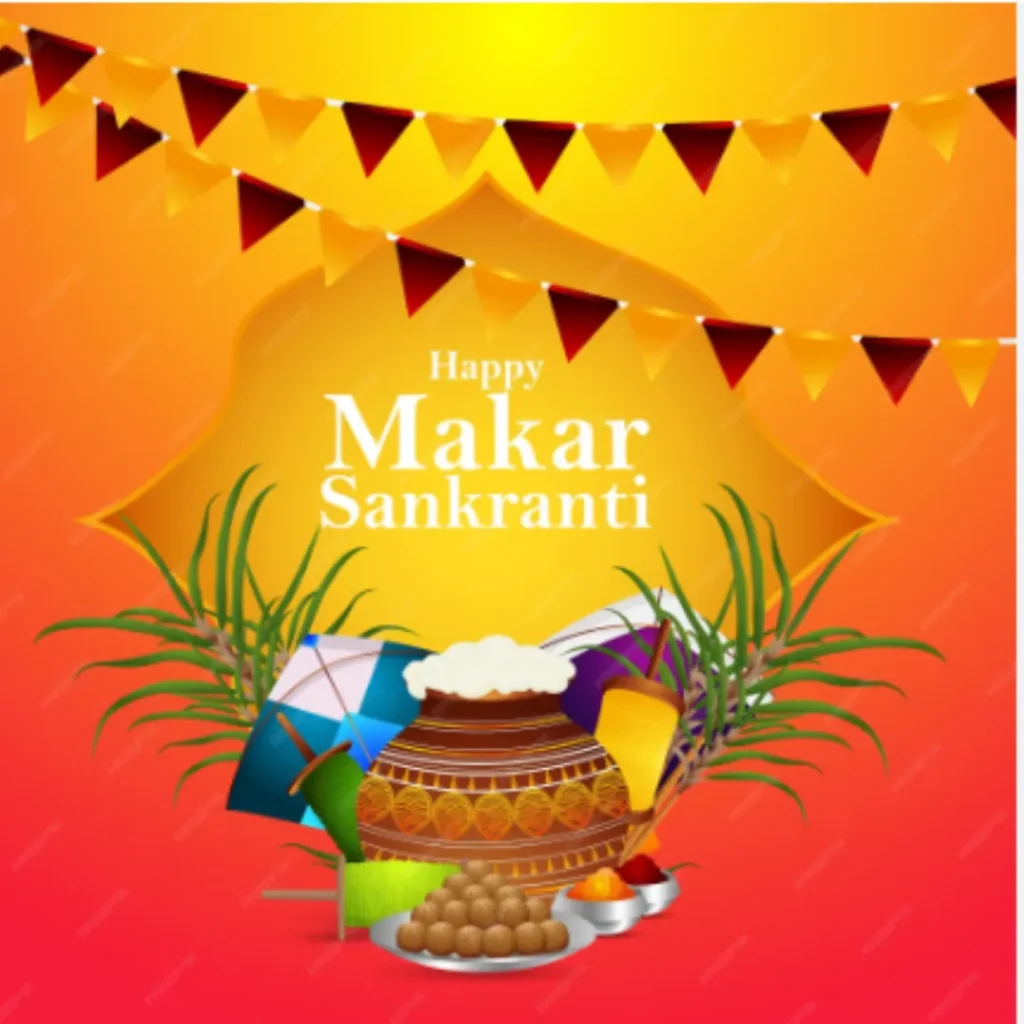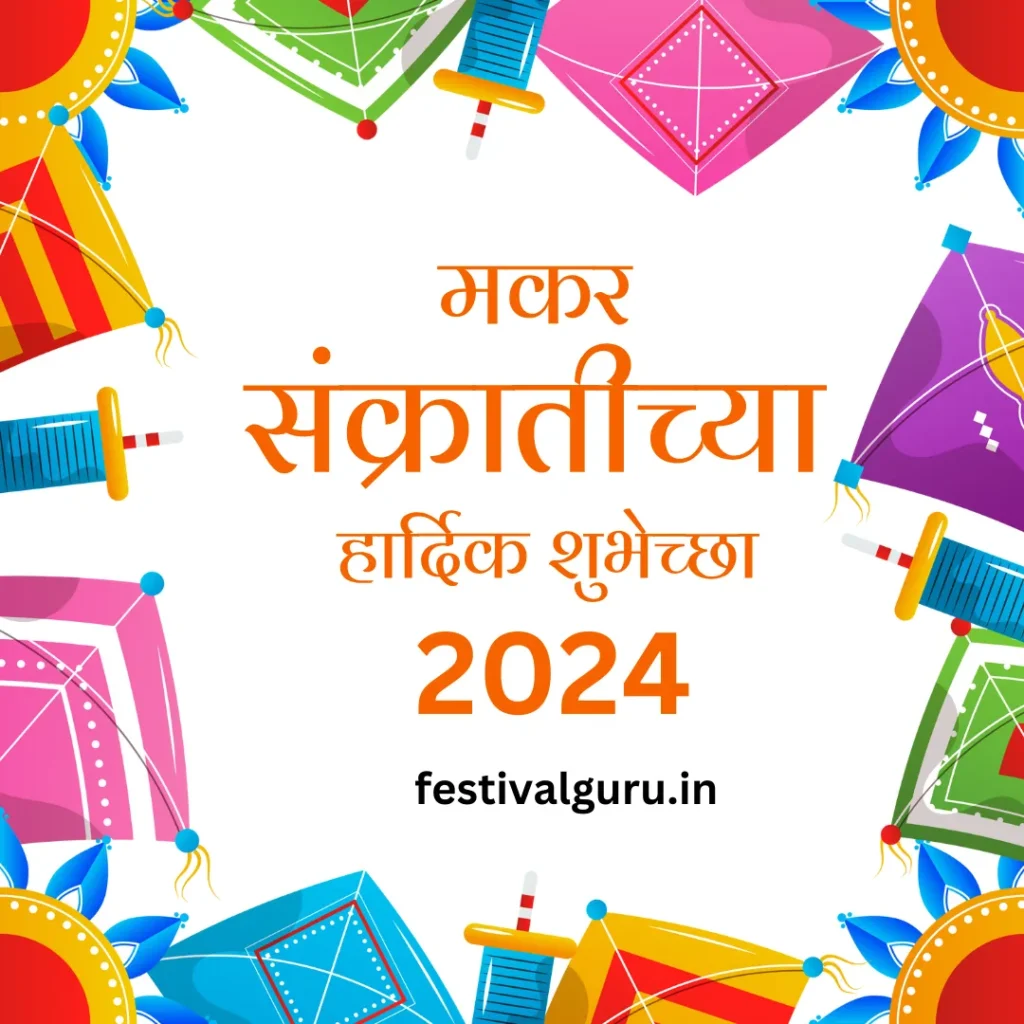
Makar Sankranti, a festival observed throughout India and Nepal, marks the beginning of the solar year and the end of the winter solstice. It is a time of celebration, thanksgiving and reaffirmation of faith. Let’s delve into the rich history, captivating story and deep reasons behind this momentous event.
The History of Makar Sankranti
The roots of Makar Sankranti can be traced back to ancient Vedic times. The Sanskrit word “Makar” means Capricorn, the sign of the zodiac into which the sun enters on this day. Sankranti, on the other hand, translates to “transition”, indicating the movement of the sun from one zodiac sign to another. This astronomical phenomenon is of immense importance in Hindu rituals and calendars.
The festival also coincides with the harvest season in many parts of India. For centuries, it has been a time for farmers to express gratitude for bountiful crop yields and pray for continued prosperity.
The Enchanting Story of Makar Sankranti
The story of Makar Sankranti is as colourful and varied as the celebrations themselves. One popular legend revolves around Lord Vishnu and the demon king Mallasura. Mallasura had supernatural powers and wreaked havoc on the world. Lord Vishnu, disguised as a hybrid of man and boar called Varaha, fought the demon for a formidable thousand years. Finally, on Makar Sankranti, Vishnu defeated Mallasura and restored peace and harmony to the universe.
Another legend connects the festival with the Ganges, the holy river. According to this narrative, King Bhagiratha embarked on a perilous journey to bring Ganga to Earth to free the souls of his ancestors. His penance and determination finally bore fruit on Makar Sankranti when Ganga descended from the heavens and brought salvation and fertility to the earth.
Why Do We Celebrate Makar Sankranti?
Makar Sankranti is celebrated with vivid fervour across India, with regional variations adding a unique charm to the festivities. Some of the common traditions include:
Holy Bath: Many devotees flock to rivers and sacred ghats to bathe in the cleansing waters, symbolically washing away sins and bringing good fortune.
Offering Prayers: Temples witness an increase in devotees who pray to the Sun God, Surya, seeking blessings of health, prosperity and bountiful harvests.
Sharing festive treats: Sweet treats like tilkul and ladoos are exchanged, signifying the sweetness of life and the importance of sharing.
Flying kites: This is a particularly popular tradition in northern India, where colourful kites fill the sky and symbolise hope, joy and freedom.
Bonfires and Cultural Performances: In some regions bonfires are lit to ward off evil spirits and celebrate the victory of light over darkness. Cultural performances such as dances and music add to the festive spirit.
The Essence of Makar Sankranti
Makar Sankranti is more than just a day of rituals and celebrations. It is a time for families to come together, express gratitude for the blessings in life, and renew their faith in hope and renewal. It’s a reminder that with hard work, perseverance, and unwavering faith, we can overcome any obstacle and achieve our goals.
As the sun begins its northern journey on Makar Sankranti, let us also embrace new beginnings with open hearts and positive intentions. May this joyful holiday fill your life with warmth, light and the promise of a prosperous and fulfilling year ahead.
Makar Sankranti is more than just a festival; it is a celebration of light, harvest and the victory of good over evil. As the sun makes its journey north, let’s join in the celebrations, embrace the traditions and share the joy with loved ones. May this Makar Sankranti illuminate your life with warmth, prosperity and the spirit of togetherness
I hope this blog has given you a glimpse into the rich tapestry of Makar Sankranti. Remember, the true spirit of the festival is to celebrate life, honour loved ones and embrace hope for a better future.
Wishing you a very Happy Makar Sankranti!
